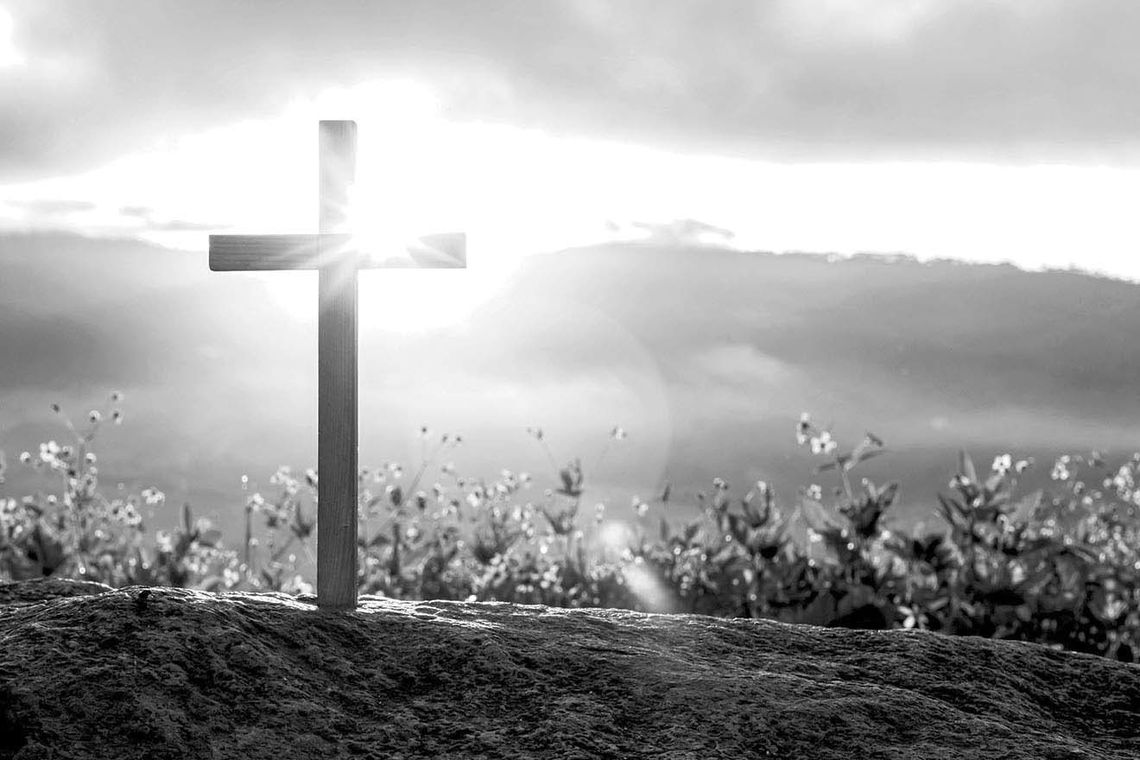STUFF ABOUT GOD AND CHRISTIANITY | Dr. Ron Braley
This column represents the thoughts and opinions of Dr. Ron Braley. This is not the opinion of the Taylor Press.
Here, I was going to introduce you to my dog, Aragon. Instead, I’ll turn the Lent Orthodox duo into a trilogy and give you a bonus part III. You’ll meet Aragon next time. In parts I and II of Lent, Orthodox Style, I introduced you to Eastern/Greek orthodoxy and its Lent practices meant to aid Christian formation. The idea is to develop a rhythm of praying, giving, studying and fasting because these practices are of Christian importance. Lent also prepares the practitioner for Pascha, a celebration of Jesus’ resurrection, today’s subject.
Pascha significance Christ died to bring us back to God (1 Peter 3:18), satisfying a debt incurred by humanity’s original rebellion, “Therefore, just as through one man sin entered into the world, and death through sin, and so death spread to all men because all sinned” (Romans 5:12) and “But God demonstrates his own love toward us, in that while we were yet sinners, Christ died for us.”
(Romans 5:8) In return, our heavenly father raised him from the dead, paving the way for so many others to be resurrected at the end of this world, “But now Christ has been raised from the dead, the first fruits of those who are asleep. For since by a man came death, by a man also came the resurrection of the dead. For as in Adam all die, so also in Christ all will be made alive. But each in his own order, Christ the first fruits, after that those who are Christ’s at his coming” (1 Corinthians 15:20-23).
So, the Pascha celebration commemorates what Christ did for us and his resurrection, which gives us hope. From dark to light, fasting to feasting, the Pascha celebration brings joy that hints at what God’s children will experience in the coming resurrection after much suffering. How does the celebration unfold? Let’s see.
Pascha celebration In the previous two articles, we learned about the 40 days of Lent before Pascha. The final week, called “Holy Week,” includes recounting the gospel story on Thursday and the lamentation of Christ’s death and burial on Friday and Saturday. It concludes on Sunday with a procession celebrating Christ’s resurrection, after which red eggs symbolizing renewed life through Christ’s blood are handed out, and then a feast. The feast ends the 40-day fast and invites participants to enjoy the foods they sacrificed during that time. After all, “there can be no feasting without fasting.”
In summary, Orthodox Lent aids Christian formation and paves the way to celebrate Pascha, Christ’s resurrection.
Visit https://orthodoxwiki. org/Pascha to learn more. What’s next? I’ll finally introduce you to my dog, Aragon, and tell you why we should be more like him, listening for the master’s voice.
Until then, remember that Christ died to satisfy your debt to the creator and rose from the dead to give you hope. Act like it.
Questions or comments? Email [email protected].
Blessings and peace, Dr. Ron Braley, MDiv, DMin.






